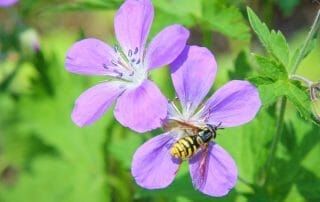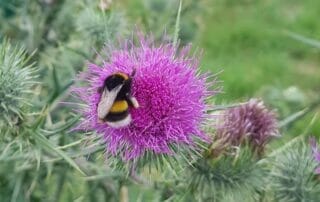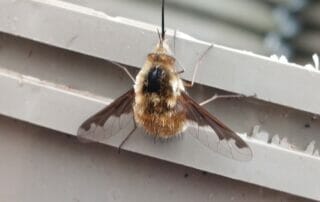How do we know what bees can see?
Over 100 years ago, Karl von Frisch was the first person to conduct behavioural studies on honeybees, using classical conditioning techniques such as those used by Pavlov on his dogs. He trained honeybees to feed from a dish of sugar-water placed on blue-coloured card along with an array of different shades of grey card. His logic was that if a honeybee was colour-blind it wouldn’t be able to distinguish the blue card from the grey card.





